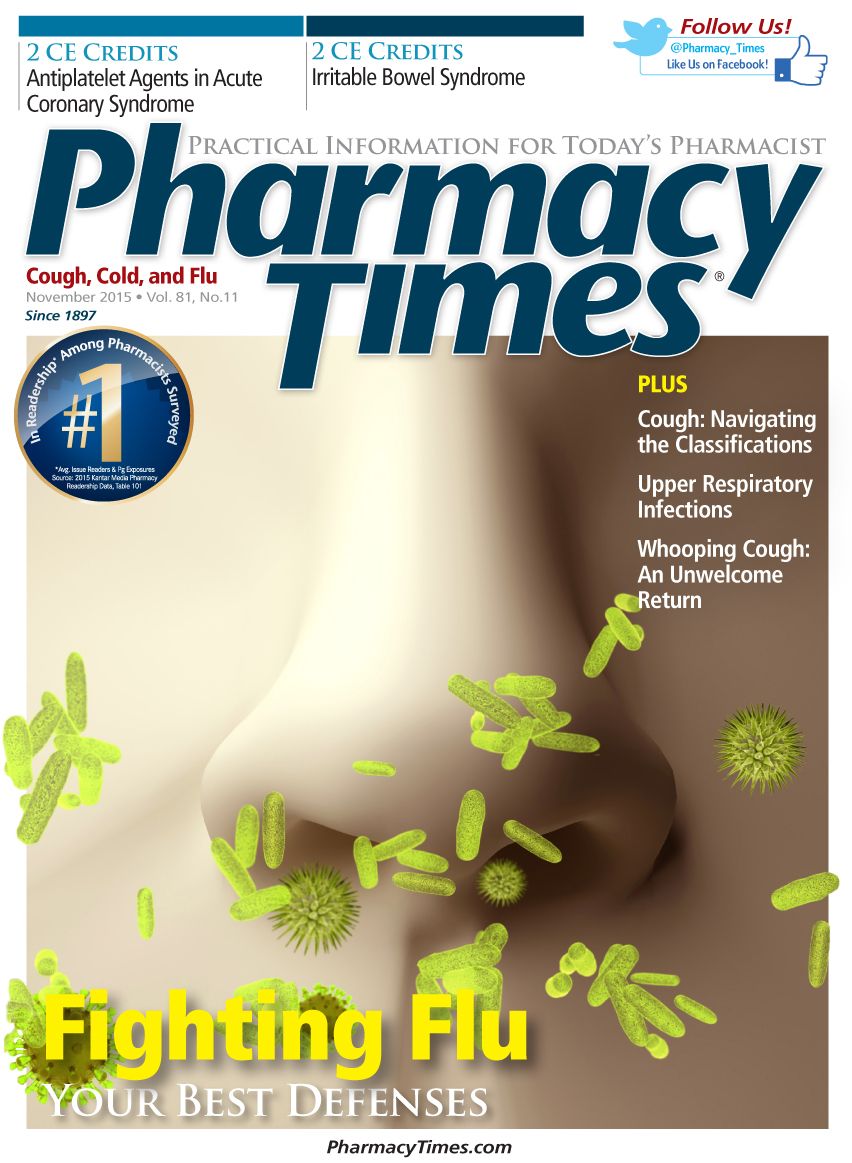How to Handle Pharmacy Robberies: Part 2
Pharmacy employees need to do everything they can to identify suspects.
This is the second installment in a 2-part series on robberies at retail pharmacies, likely the most anxious moments any store can experience. Previously, I mentioned some prevention measures you can take, many of them involving surveillance cameras that actually work. However, pharmacy employees need to do everything they can to identify suspects.
Do your best to notice specifics about the person that is pointing a gun at you. I know this does not sound easy, and it isn’t, but it can be crucial to law enforcement finding the subject or you identifying him or her. Height and approximate weight or build should come to your mind first, with one of those inside-thepharmacy height tapes coming in handy at times like this. Although hair type and color, as well as clothes, can be changed after a robbery, they are great details to give to the responding officers. The perpetrator’s race and distinguishing features (eg, scars, very large nose) cannot be changed and are important if the subject is not caught within a short time after the crime.
The method and direction of escape are also crucial if you can remember them and provide the police dispatcher with any basic description you have, especially if a vehicle is involved. Once the alarm drop goes out to local law enforcement, it will respond from various directions, possibly including the route from which the suspect is leaving your store. Often, officers will pass suspects on the way to a pharmacy, but without a preliminary description and direction of escape, the opportunity for capture will be missed.
This leaves you, the pharmacy employee, with a considerable burden in helping the police find the suspect shortly after the robbery has been committed. It requires that you stay as calm as possible so you can remember as much as possible about the armed suspect while obeying the perpetrator’s commands. This may be an impossible task for some of you (if so, refer to Part 1 in the October issue of Pharmacy Times), so focus on getting the suspect out of your store with the drugs wanted and no violence. Ultimately, the better description you can give to the police dispatcher, including the means and direction of escape, the better the chances that an arrest will be made within minutes of the crime.
Pharmacy employees need to be observant of those visiting their store, as well. This is especially true of customers who come in, pretend to be shopping while seemingly assessing your store, and leaving without a purchase. In some situations, you may want to review the surveillance tape with law enforcement who may know the subject and help you prevent a problem.
Employees may wonder what they should do if a perpetrator wants to take a hostage, which rarely occurs in pharmacy robberies, producing various results. I will tell you the same thing I have told my family: do not allow yourself to be removed from the pharmacy by the suspect. This is where I part with my stance of cooperating with robbers, giving them what they want, and getting them out of the store. If the perpetrator removes an employee from the store, that employee loses the protection of being with others in the store, and the possibility of a police response is reduced, which is the goal of the suspect. Many abductions during a robbery do not end well, so I encourage you to stand your ground and refuse to leave with the robber. Ultimately, you must assess the circumstances at hand and make your own decision. No one should criticize you, regardless of your choice.
Pharmacy robberies have increased recently and, frankly, I do not see that changing anytime soon. You can do everything mentioned in these 2 articles on pharmacy robberies and still be a victim. So, be alert; get an accurate description of the perpetrator, including the means and direction of escape; relay this information to the dispatcher; and, most of all, stay safe.
Cmdr Burke is a 40-year veteran of law enforcement and the past president of the National Association of Drug Diversion Investigators. He can be reached by e-mail at burke@rxdiversion.com or via the website www.rxdiversion.com.

